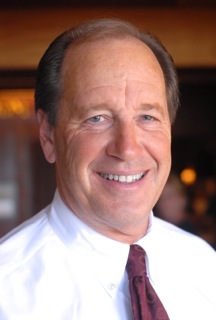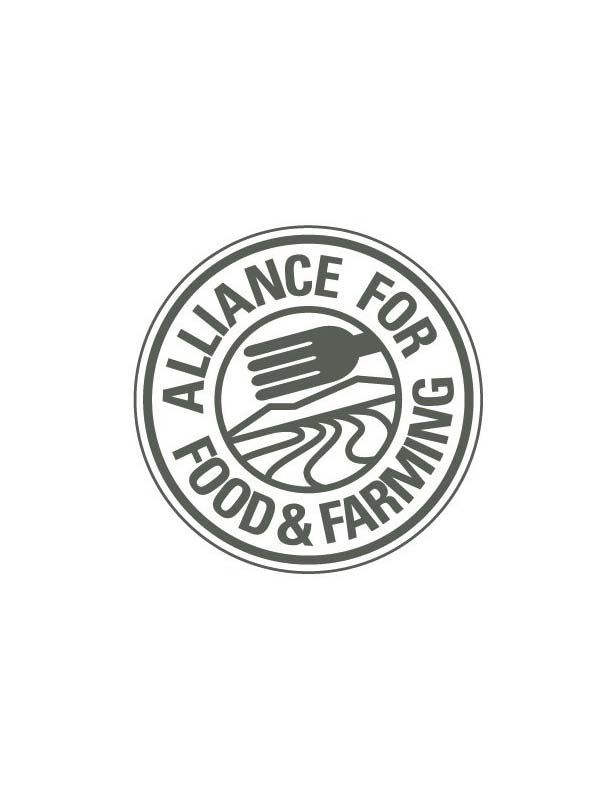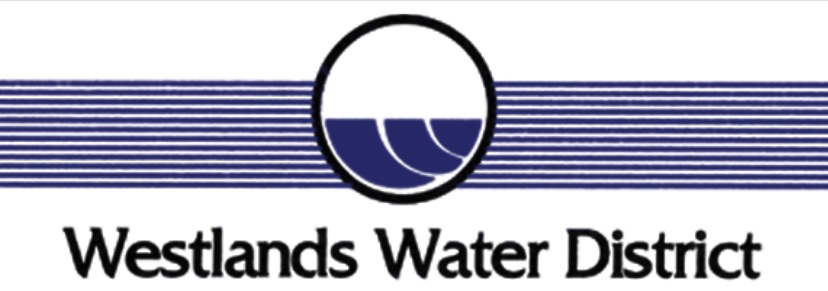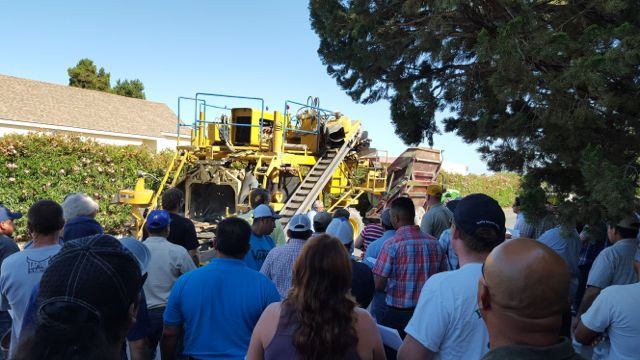Farmer Mac Admires California Farmers
Farmer Mac Knows the Strength of California Farmers
By Patrick Cavanaugh, Deputy Editor
Curt Covington, senior vice president, agricultural finance for the Federal Agricultural Mortgage Corporation or ‘Farmer Mac,’ knows a lot about the California farmer, and the Central San Joaquin Valley farmer in particular. Covington said, “This grower has experienced “an ‘us’ versus ‘them’ mentality for a number of years.”
“The voting block in this state resides in Los Angeles and the Bay Area. There has been, particularly over the past ten years, this view that the American farmer–the California Farmer particularly given the drought–has not been a good steward of resources. The facts have proved otherwise. And despite everything that has been thrown at us by the uninformed consumer in Los Angeles and San Francisco, Central California farmers continue to thrive, and will find their way out of this problem. I am convinced of that,” said Covington.
Covington also has a lot of respect for the farmers’ management strategies in all parts of their businesses and lives. “Farmers are price takers; they do not set the price for their commodities. This forces them to be good managers of their expenses, good managers of their balance sheet, good managers of their assets and good managers of their labor,” Covington said.
“And no where else in this country, in my opinion, do you have a group of farmers who have dealt with more problems and come out on top than the California farmer. It is not only an honor, but a pleasure to work with many of them. They are just an incredible group of people,” Covington said.













 “It’s no secret, grapes are one of the top crops here is Fresno County. So this raisin and wine grape mechanical harvest safety training is really just to make sure that all of our employers and employees have a safe harvest.”
“It’s no secret, grapes are one of the top crops here is Fresno County. So this raisin and wine grape mechanical harvest safety training is really just to make sure that all of our employers and employees have a safe harvest.”











